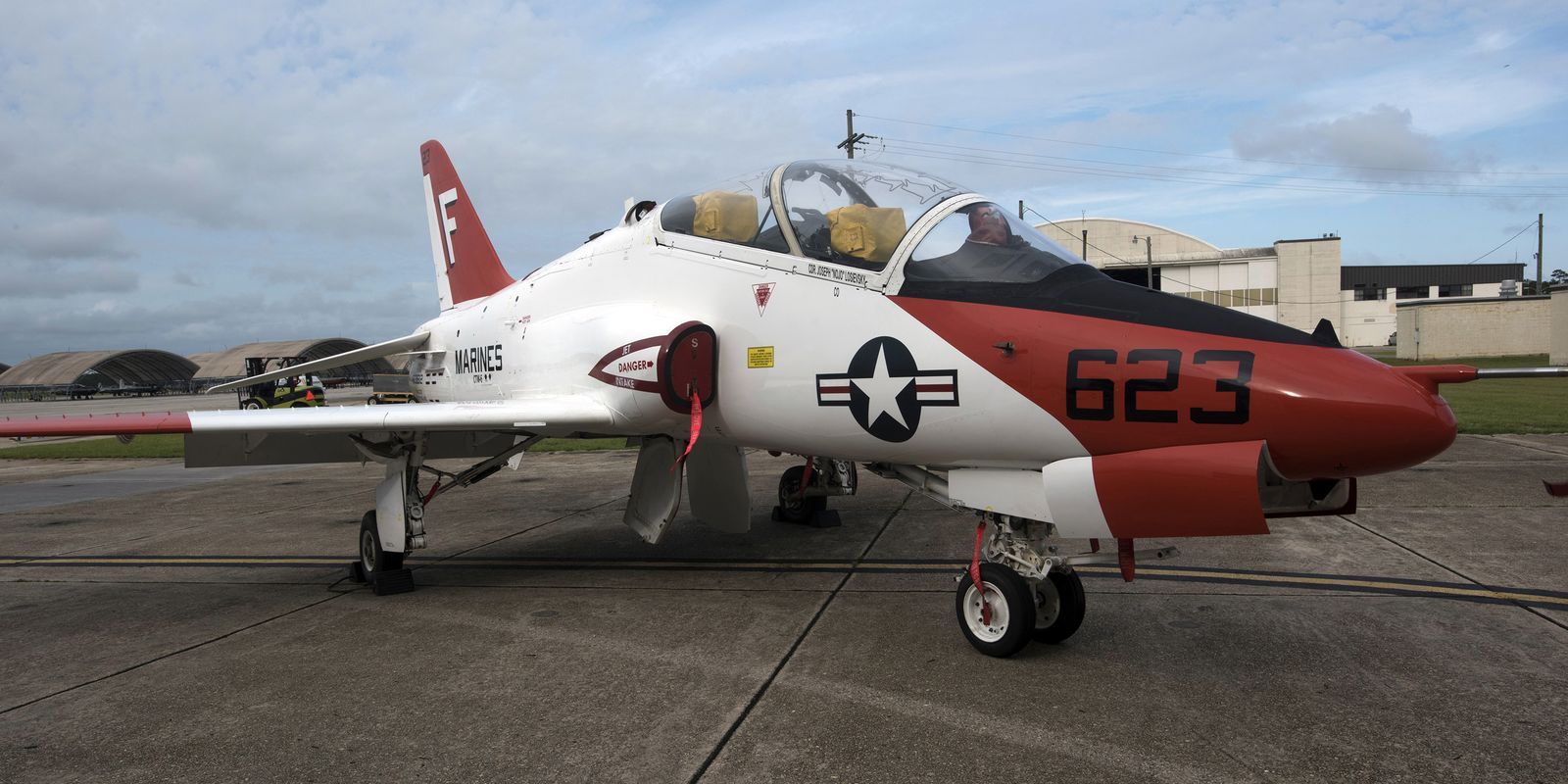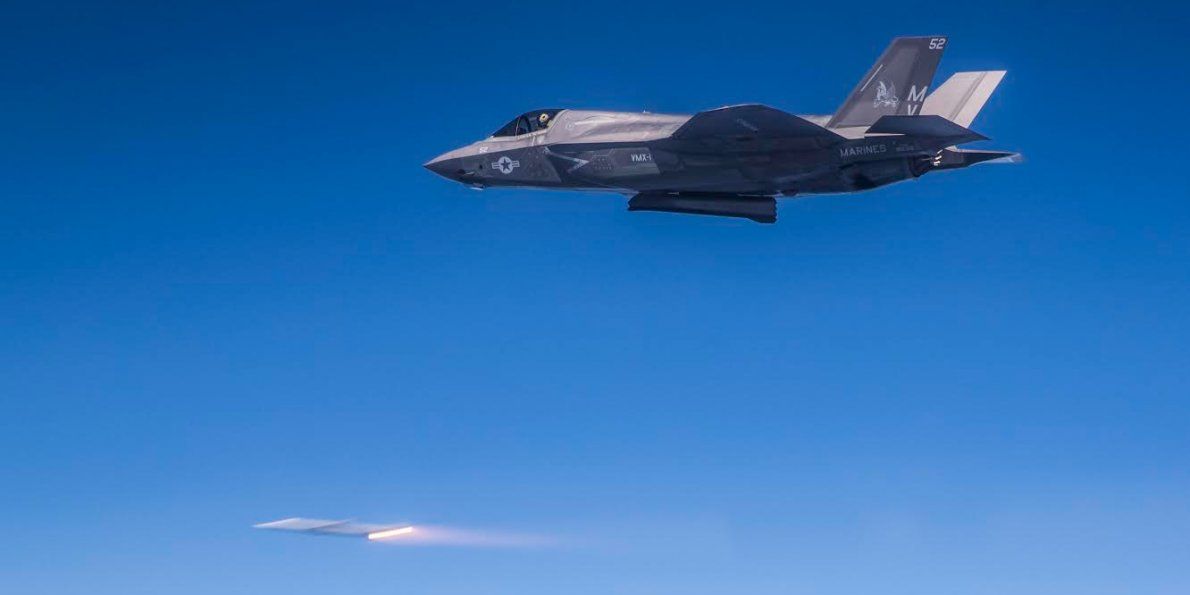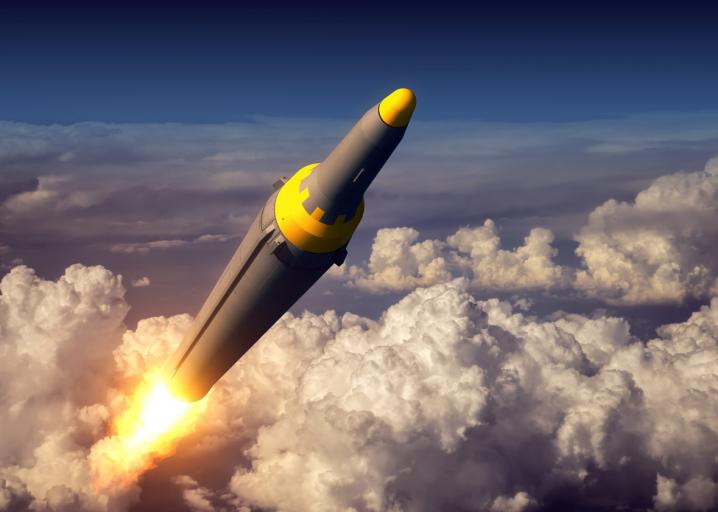Wirelessly powered, biomimetic spybots…
A new contest seeks flight systems inspired by Mother Nature and powered by directed-energy beams.
Tired: multi-rotor copters and fixed-wing drones. Wired: flying robots that move like living animals, are crafted of next-generation materials, and draw their power not from batteries but energy beamed from nearby aircraft.
On Wednesday, the Defense Enterprise Science Initiative, or DESI, announced a competition for basic science grants to build “new paradigms for autonomous flight, with a focus on highly-maneuverable platforms and algorithms for flight control and decision making.” An accompanying Broad Agency Announcement gets more specific: basically, they’re looking for bat-like drones that can be powered with directed-energy beams.






